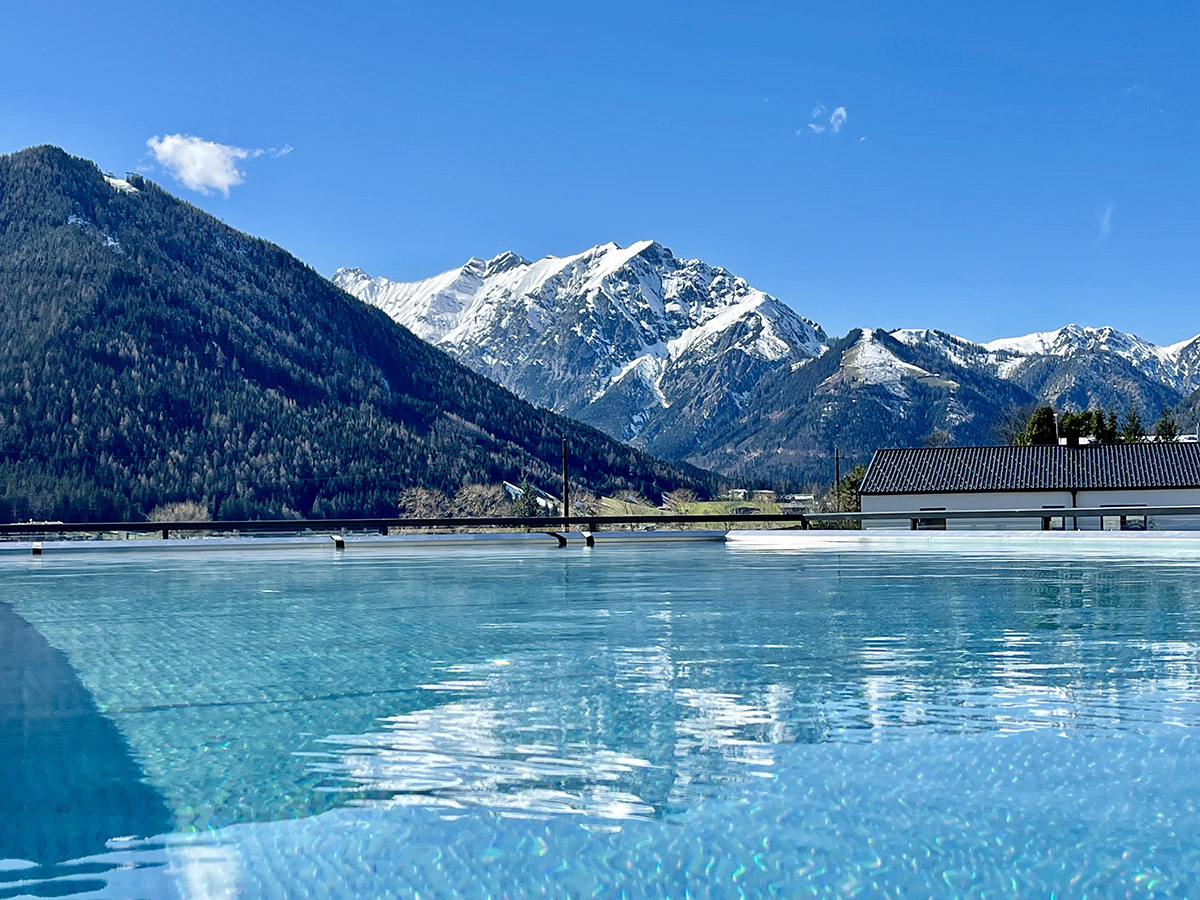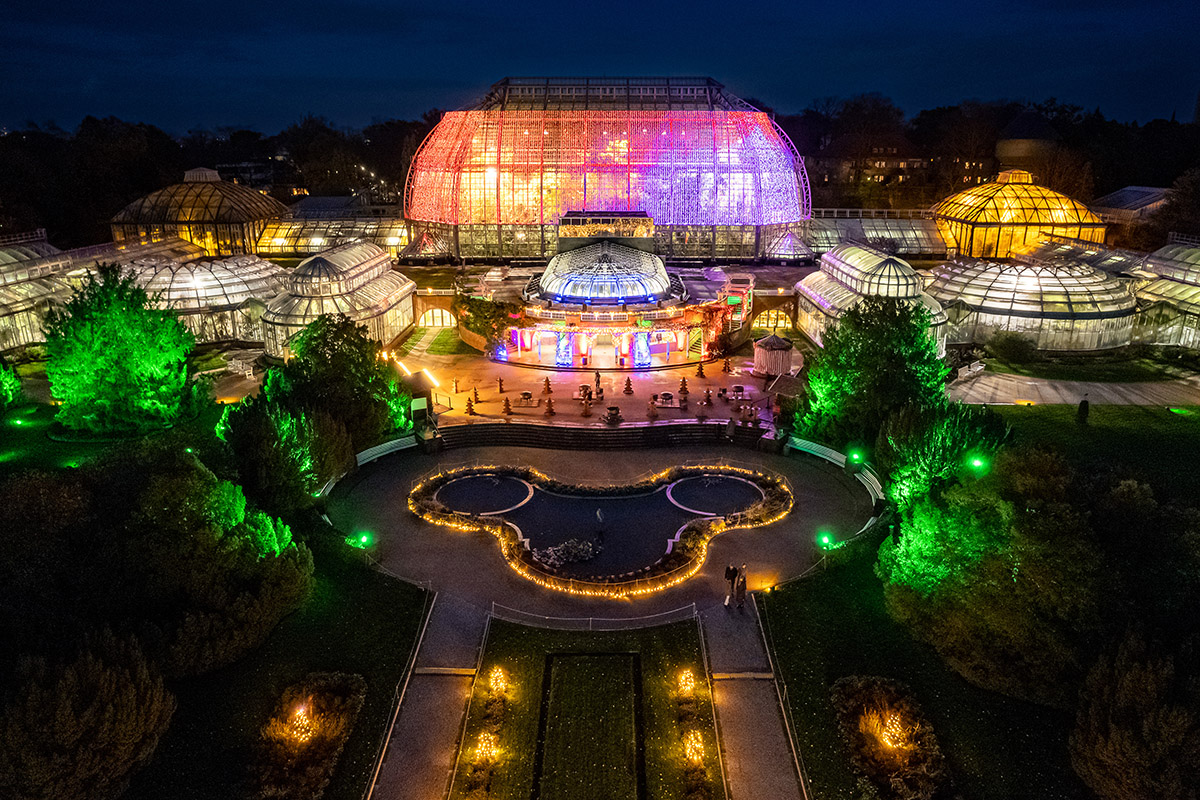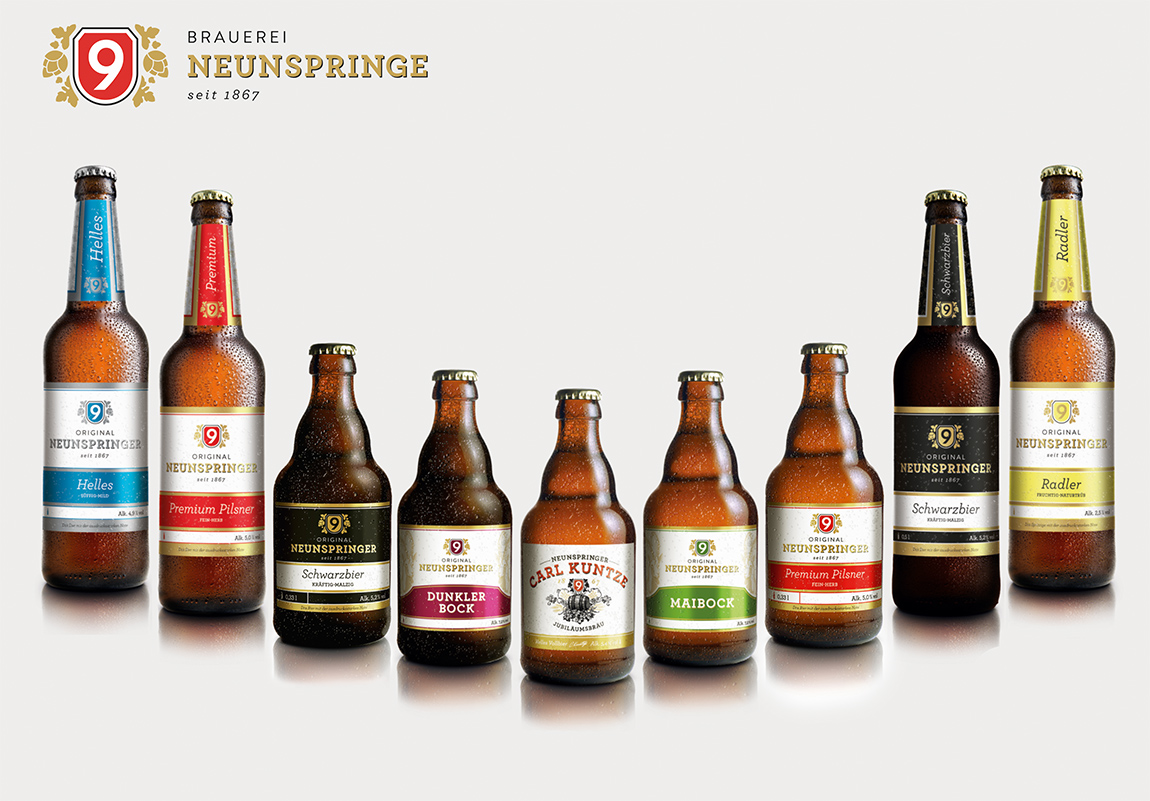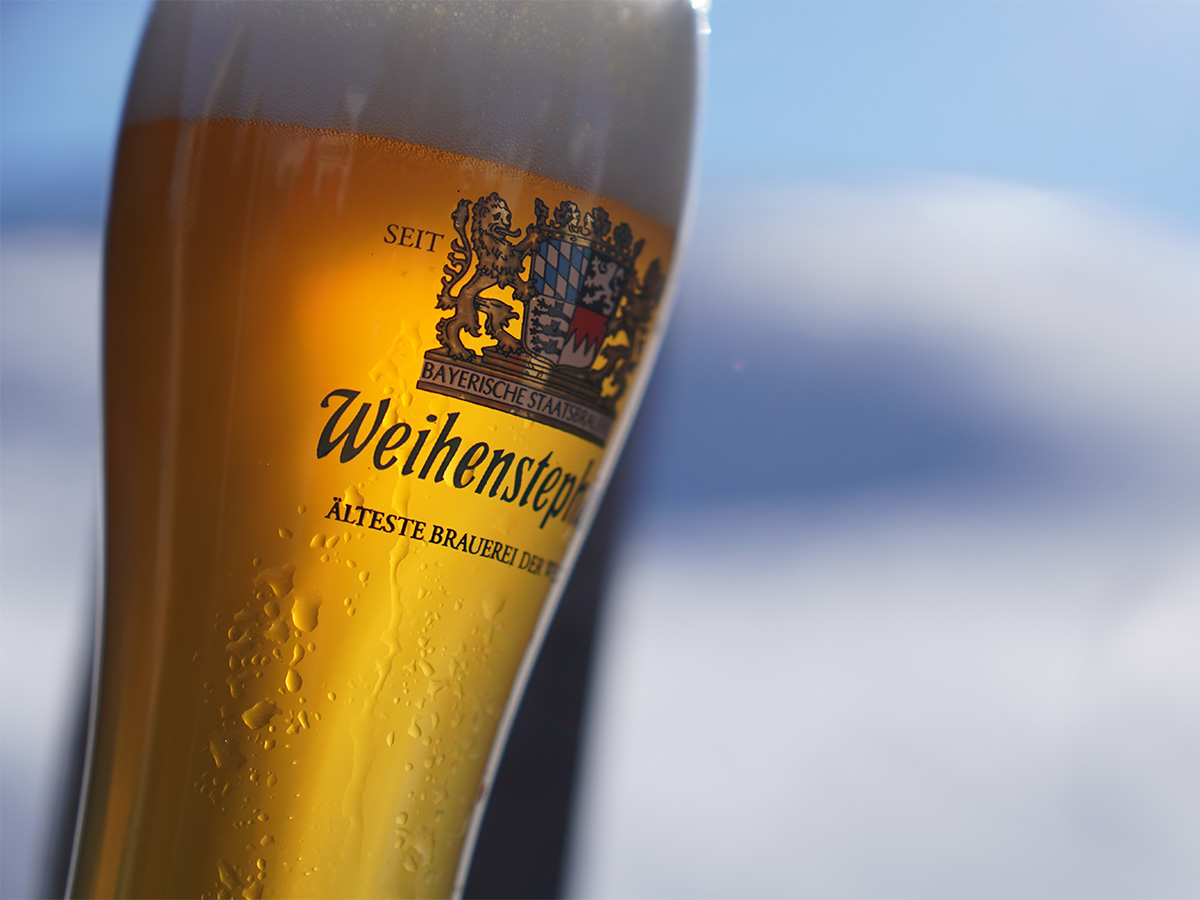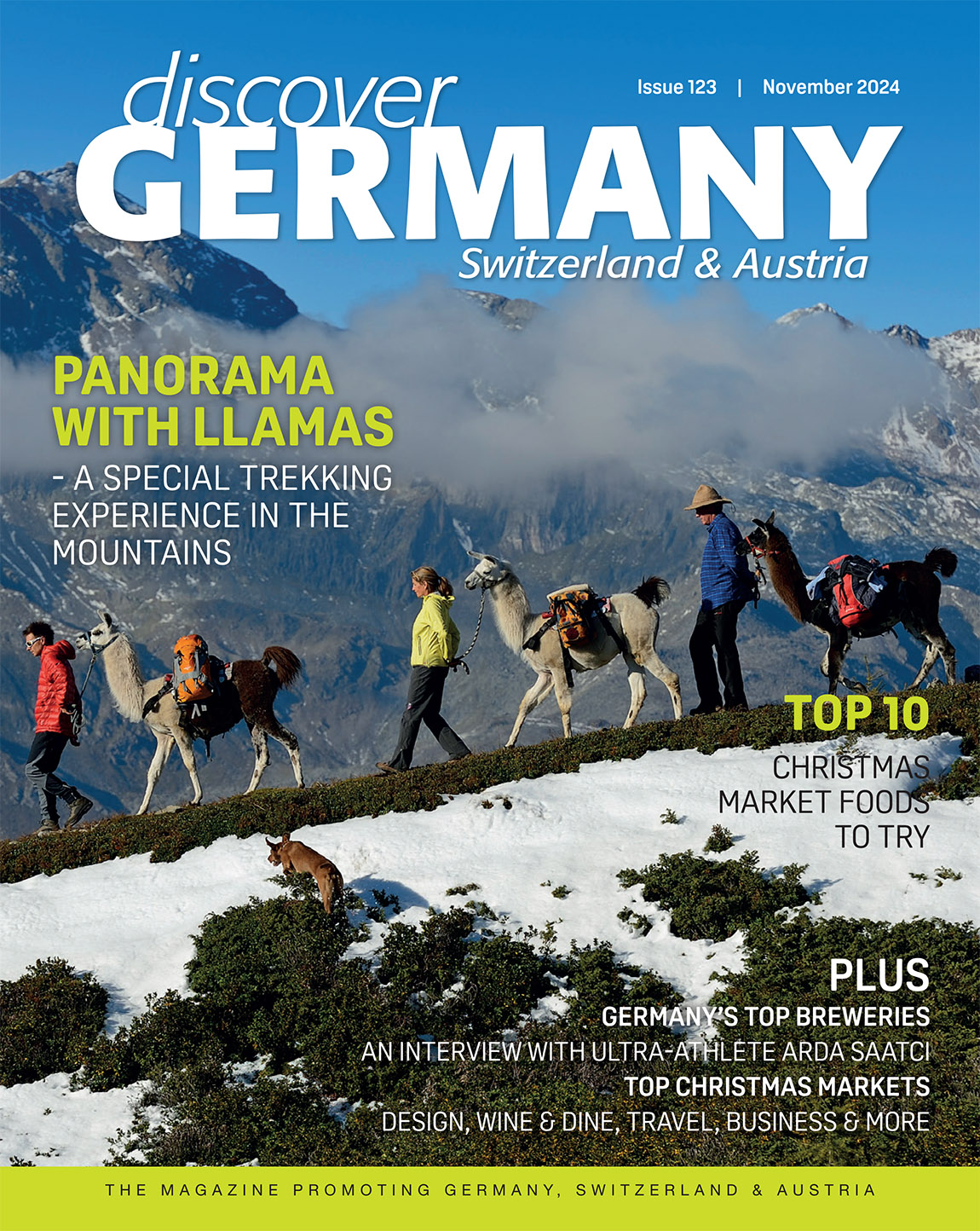German Alpine Road
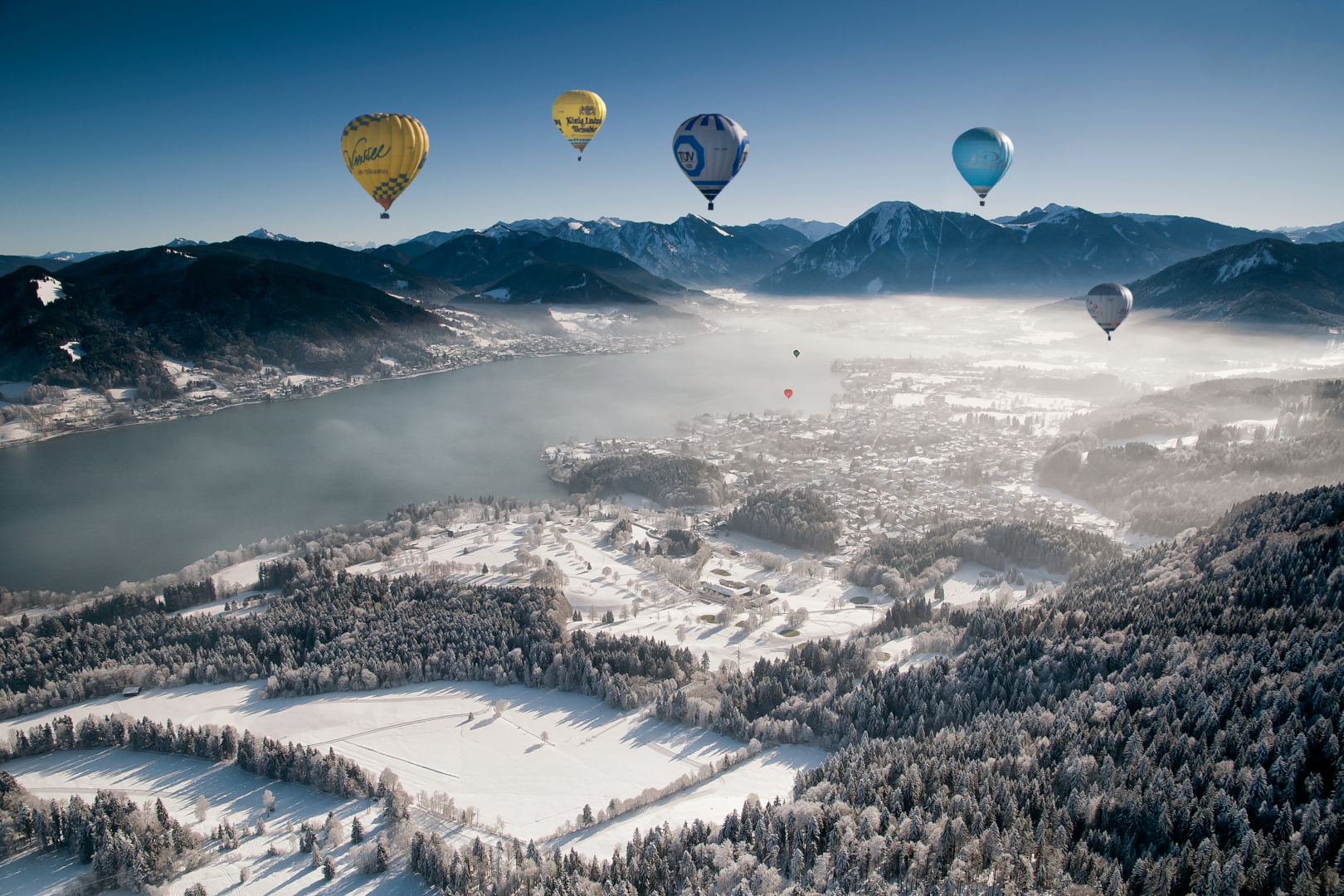
The German Alpine Road: 450 kilometres of Bavaria at its best
TEXT: WIBKE CARTER
Winding from Lindau on Lake Constance to Schönau on Lake Königssee, the German Alpine Road is beautiful at any time of the year. But visitors will be enchanted in winter time when snow-covered mountain peaks, children ice skating on frozen lakes and white fairy tale castles cast their spell.
The German Alpine Road is the country’s oldest scenic route connecting Bavaria’s most popular attractions such as Neuschwanstein Castle, Herrenchiemsee Palace, Mount Zugspitze and the Berchtesgaden Salt Mine. It was first mentioned in 1879 – in the publication of a historical travel log from 1858 by the Bavarian King Maximilian II whose journey along the route, and attractions seen, were practically the same as today.
Driving along the German Alpine Route is a quintessentially Bavarian experience. The journey takes drivers past traditional farming villages, no fewer than 25 ancient castles, abbeys and palaces, and more than 20 mountain lakes – all against the backdrop of the majestic Alps. Off-road, gastronomic delights in rustic cottages, local customs and traditions, and the famous German Gemütlichkeit await the curious traveller.

Snowboarder near Bad Toelz. Photo: © DZT
The road begins in Lindau on Lake Constance where low altitude and a mild climate offer an urban contrast to the snow-covered landscapes that are to come later. The idyllic town, set on a 70ha. island, has a quaint medieval centre and arguably the lake’s prettiest harbour entrance with a large, regal lion statue and Bavaria’s only lighthouse.
Neuschwanstein Castle, near Füssen, is without a doubt the most popular stop along the German Alpine Road. The crowds can be intense at the foot of King Ludwig’s dream palace, but it is worth a stop if only for the fantastic scenery and unusual architecture. The town is also regarded as the cradle of German violin and lute making. The Füssen Heritage Museum displays one of the largest collections of historical lutes in Europe.
When snow settles over Lake Soier, just north of Oberammergau, the peak season for moor baths begins. The peat of the mountain pine alpine moor forms the basis of numerous mud treatments for which the two moor mud spas of Bad Kohlgrub and Bad Bayersoien are well known.
Continuing in high altitude, the route reaches Garmisch-Partenkirchen and the Zugspitze, Germany’s highest mountain at 2,962 metres. The town is a mecca for winter sports: seven months of snow, 60 kilometres of ski pistes, pristine slopes and Germany’s only glacial ski area. But this picturesque town is also a first-class health resort throughout the year. Drivers stressed for time can reach the Zugspitze summit by taking a cog railway which chugs its way through the mountains for 12 kilometres, negotiating a staggering 25 per cent gradient in places.
The halfway point of the German Alpine Route is Bad Tölz, also known in Germany for a popular TV crime series (Der Bulle von Tölz). The historic old town lies on the banks of the Isar River and with a sprawling old market, glorious murals, and baroque architecture, it is not to be missed. Elevated to the status of mud spa in 2005, the tradition of health treatments and wellness in Bad Tölz goes back to 1899.

Lake Soier. Photo: © Eberhard Starosczik
The area around Lake Tegernsee is another winter sports hot spot. Downhill skiing, cross-country skiing, tobogganing (on Germany’s longest coasting slide with 6.5 kilometres), snowshoeing, ice skating and romantic sleigh rides are free time favourites here. From 27 January to 5 February dozens of colourful hot air balloons take flight, from the classic air balloon to more daring shapes as well as zeppelins, at the Montgolfiade 2017.
Located between Rottau and Grassau, the Salz & Moor Museum captures the tradition of the old salt mines and the German Salt Road, which transported thousands of pounds of salt across Europe during the Middle Ages. Commonly called the ‘first pipeline in the world’, this road brought brine from the salt mines in the Berchtesgaden area to Rosenheim.
The final point of the German Alpine Road is Lake Königssee. Known to be Germany’s cleanest lake, and one of the most beautiful ones in Europe, it is also famous for its remoteness. Since 1909, Lake Königssee has only been reachable by electric boat, foot and rowboat. Most visitors take a return trip on one of the ferries that will take them to St. Bartholomä, a small town on the western shore while gazing at the snow-capped peaks that tower above.
The German Alpine Road is a more challenging drive in winter and appropriate motoring equipment is a legal requirement.
deutsche-alpenstrasse.de/en/home
Subscribe to Our Newsletter
Receive our monthly newsletter by email
